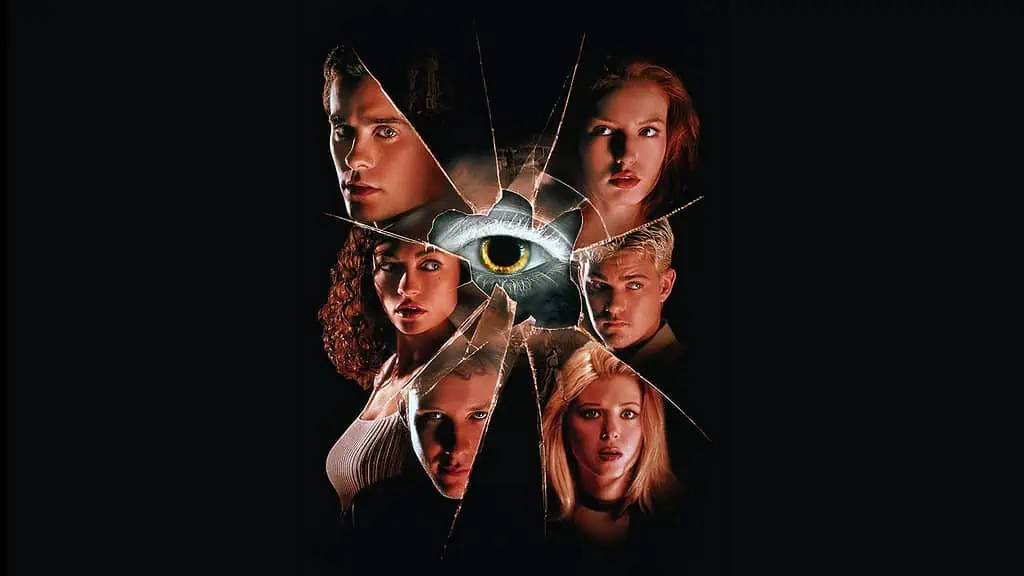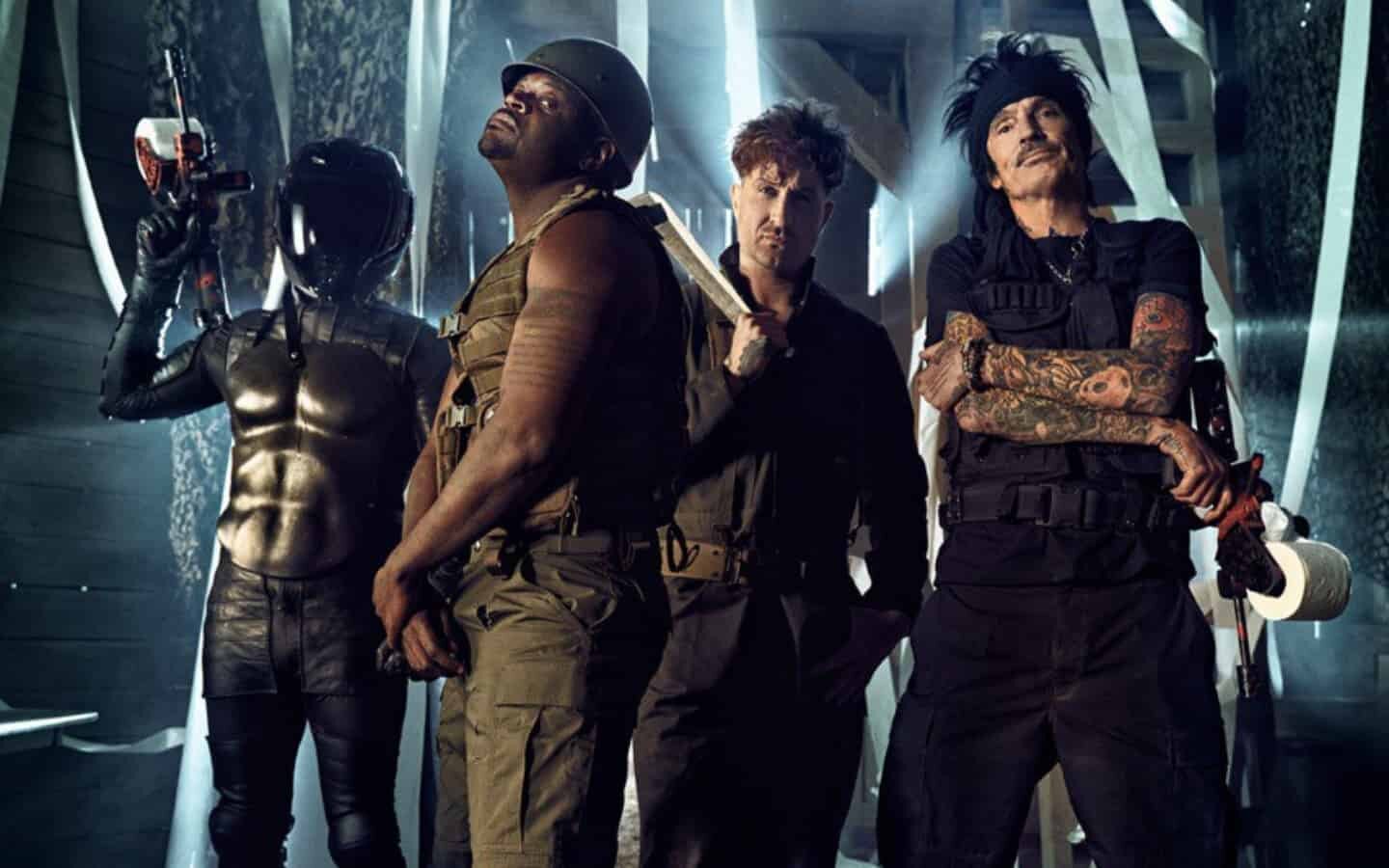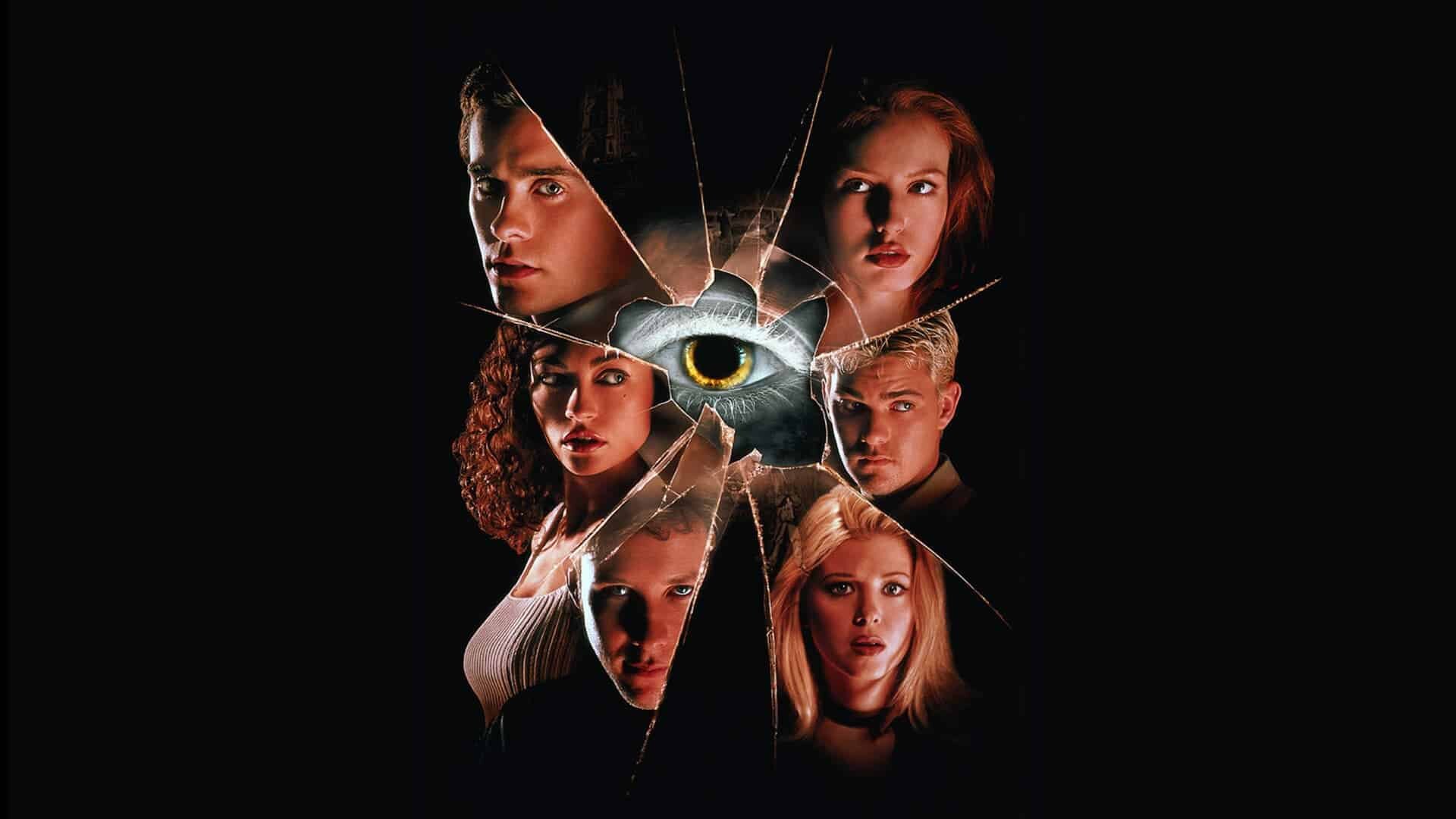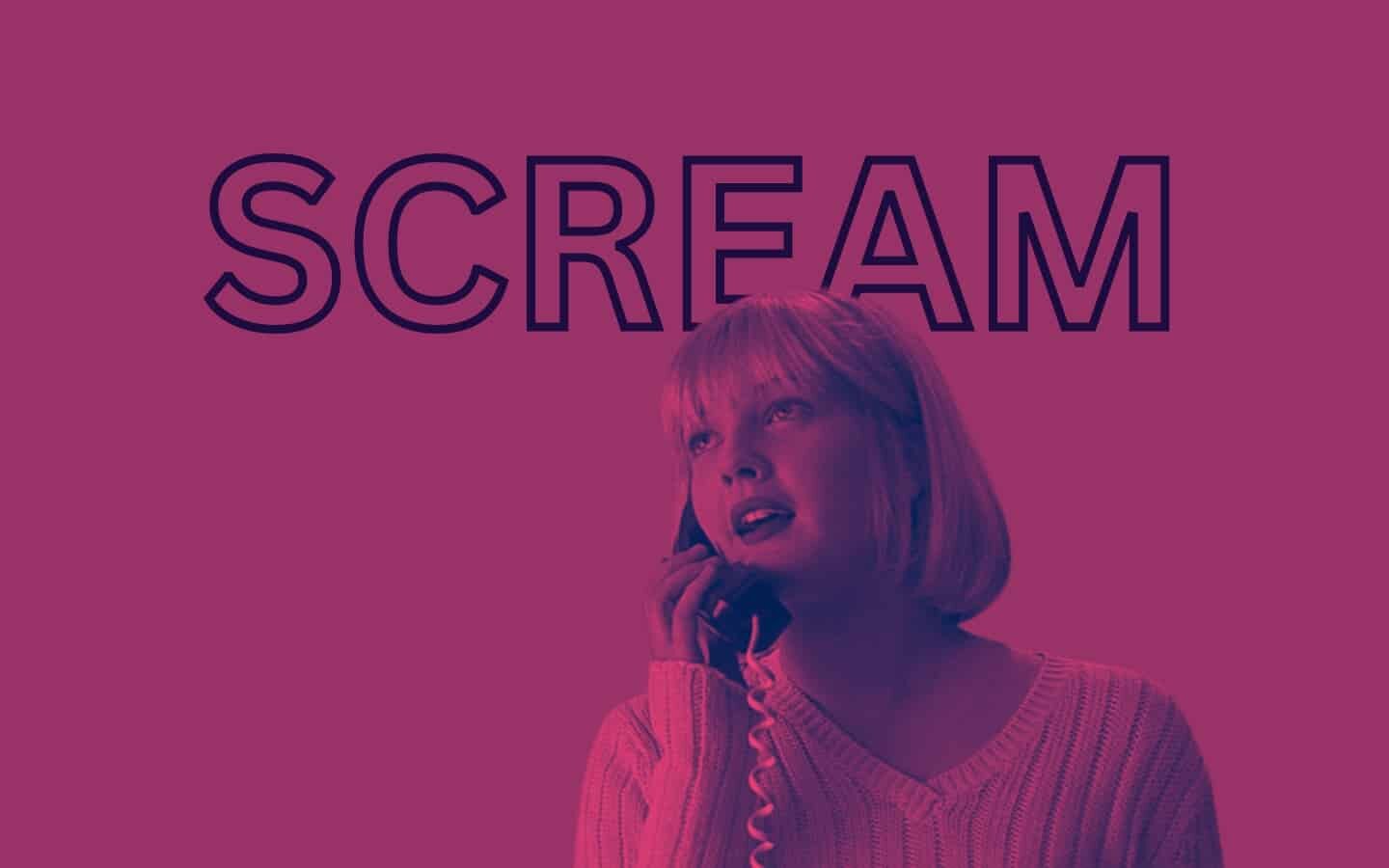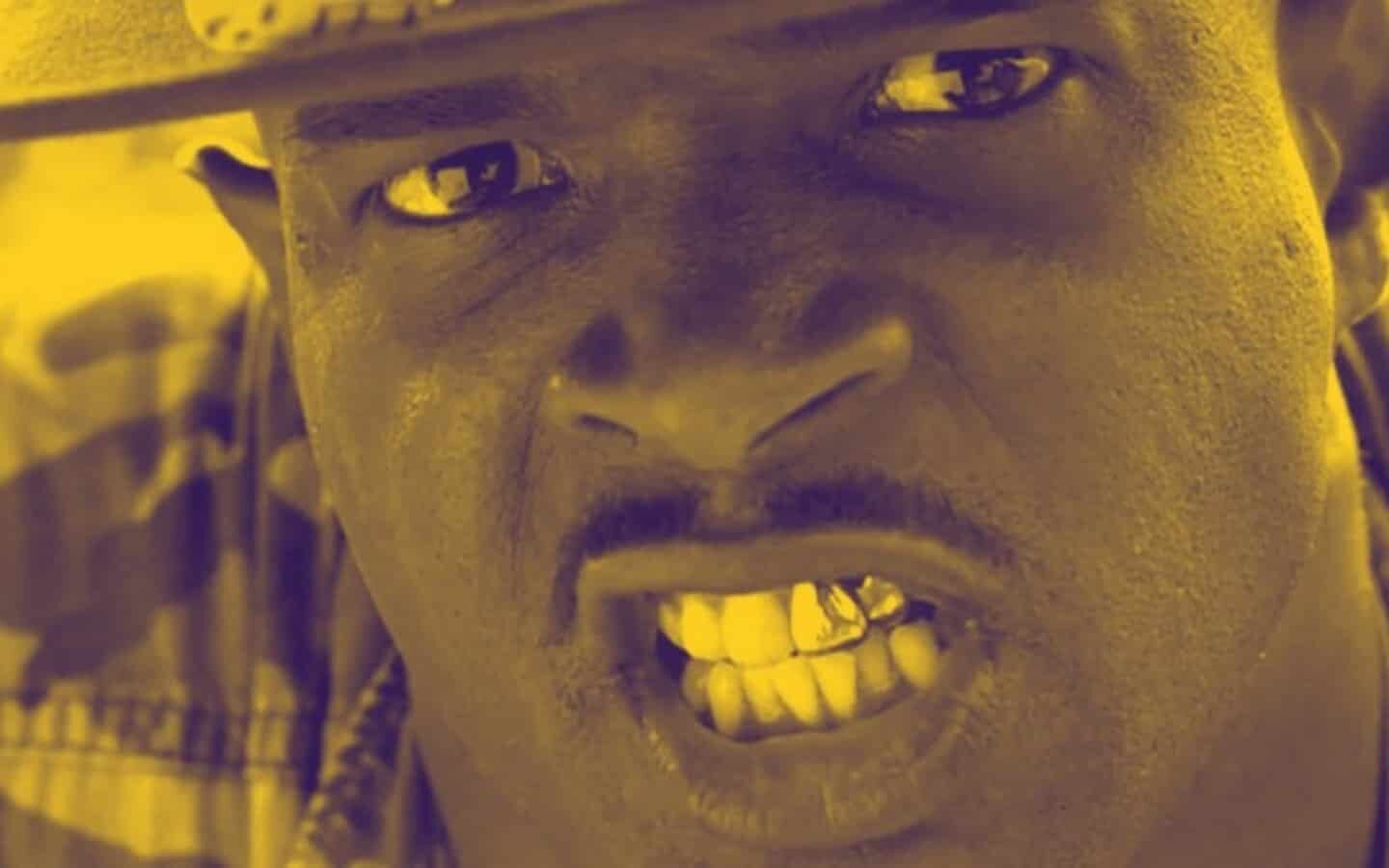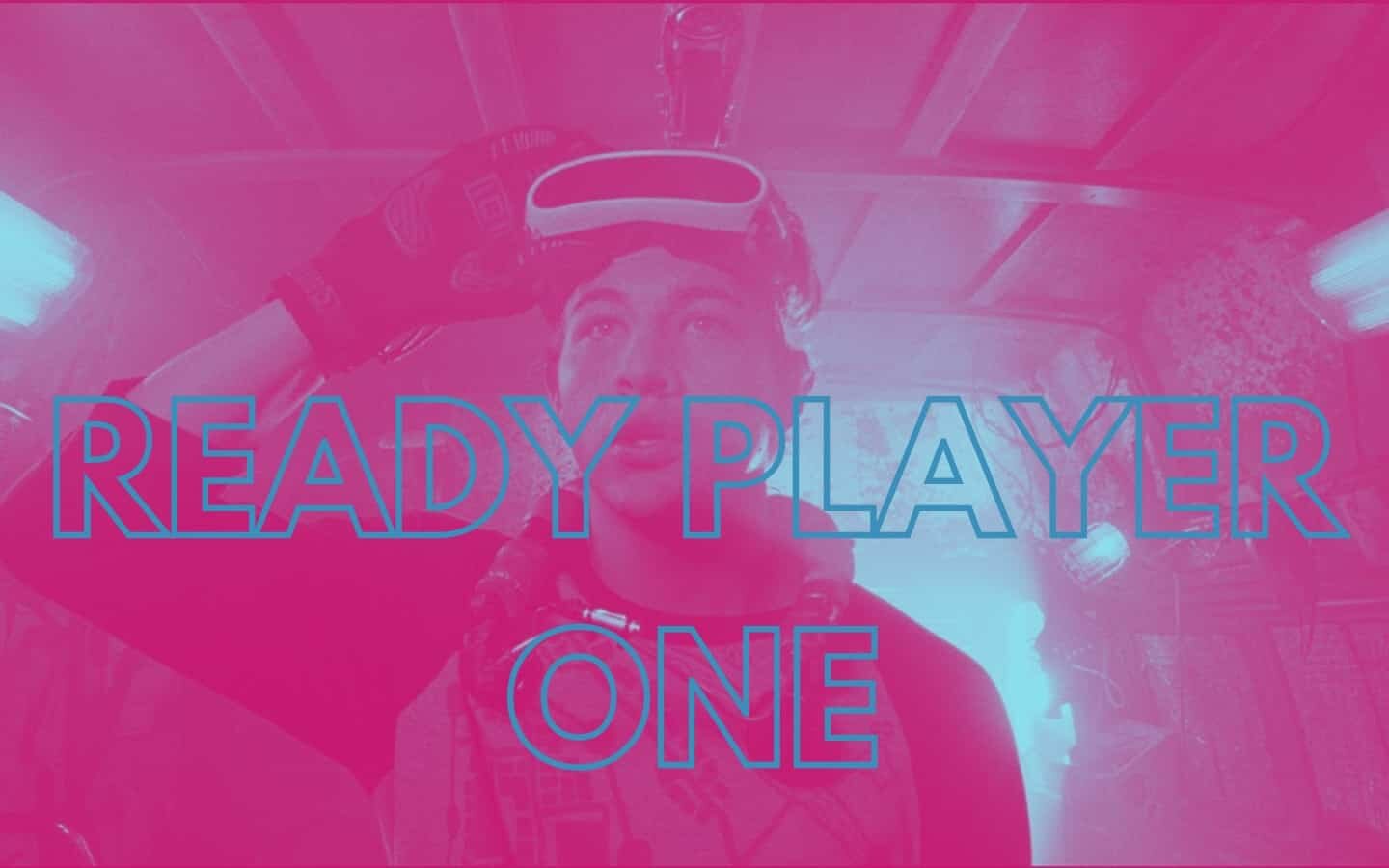About Urban Legend
Everyone has heard of an urban legend before. Some grow up with them, while others trickle down through society’s grapevines. Urban legends are not only accompanied by the tale itself, but also with niched advice for the situation. Check your backseat. Why? For the killer that is hiding there. Check under your car. Why? For the ankle slashing killer who is waiting under there. Do not go to lover’s lane. Why? Because while the girlfriend waits in the car for her boyfriend, he is already dead and hanging upside down from the tree that they are parked under, his nails scratching the roof of the car.
All of these social admonitions are the products of the urban legends that came before them. These are just a few of the timeless urban legends that go bump in the night. And director Jamie Blanks reenacts these and more in his 1998 slasher-horror film, Urban Legend.
Blanks wastes no time in indulging with the urban legends afoot. We are introduced to Michelle Mancini (Natasha Gregson Wagner), who is driving along a dark road on a rainy night. During her travels, she listens to her fellow Pendleton University classmate’s campus radio talk show, Under the Covers with Sasha (Tara Reid). Eventually running out of gas amid a rainstorm, she stops at a secluded gas station run by a rather creepy looking gas station attendant with an evident speech impediment (Brad Dourif of Child’s Play and One Flew Over the Cuckoo’s Nest).
While waiting for her gas to finish pumping, the gas station attendant informs her that she needs to come inside to speak to the credit card company. Reluctantly, she goes inside and picks up the phone to find a disconnected tone. What happens next is standard and generic, from the onset of sheer panic to escaping the locked gas station by throwing the phone through the window. As she drives off, the gas station attendant finally has the chance to say what he had been trying to say all along, “Someone’s in your backseat!”
Ironically, the real monster is not the creepy gas station attendant like one would think. Or someone who is perceived to be a threat because of their external appearance. The real monsters are much closer than we think. Sometimes, they are hiding in plain sight amongst us. And unluckily for Michelle, that monster was in her backseat.
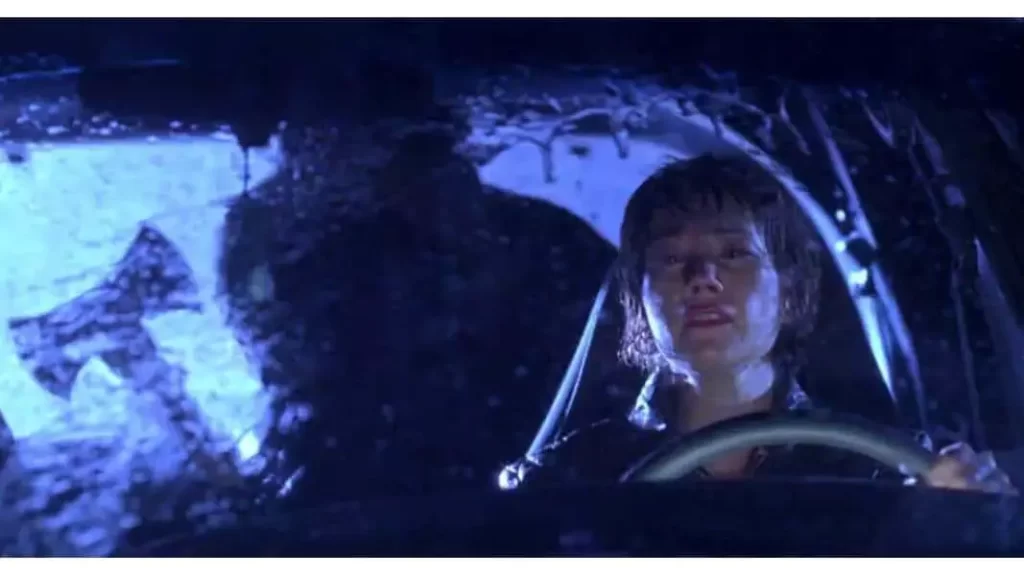
Meanwhile, at the campus coffee shop, our protagonists Natalie (Alicia Witt), Brenda (Rebecca Gayheart), Parker (Michael Rosenbaum), and Paul (Jared Leto), are unraveling another urban legend – the Stanley Hall Massacre Bash. A local urban legend spanning 25 years prior to the events of the film, an abnormal psychology professor became unhinged, took a knife, and massacred a whole floor of students in the now defunct Stanley Hall. Everyone but Parker is skeptical of this tale. He even goes as far to suggest that the school participated with the local news and other major sources in a mass cover up. Because urban legends aren’t enough, we need conspiracy theories too, right?
From the moment that this urban legend – and others – are manifested and spoken into existence, all hell breaks loose. Characters are plucked off, one by one. And the executions are obviously inspired by the urban legends that preceded them. After Natalie and Damon (Joshua Jackson), rendezvous to lovers’ lane, the killer recreates the urban legend and terrorizes them, she proclaims that a killer is “taking all these stories and making them reality”.
When Natalie’s manic depressive and lithium addicted roommate, Tosh (Danielle Harris), falls victim to the “Aren’t you glad you didn’t turn on the light?” urban legend, her paranoia takes on a whole new life. Natalie is even suspicious of the harmless, albeit creepy, weird janitor (Julian Richings). To no surprise, the aloof Dean Adams (John Neville) is not too concerned about a troubled girl who appears to have completed suicide. And campus officer, Reese (Loretta Divine), wants to help, but is skeptical.
With no intervention, the killer is free to stalk and exploit their victims fears by placing them right in the middle of an urban legend. I won’t spoil much of what lies ahead, although I think you can take a stab at the repetitive and formulaic set up that has been established.
Influences and Social Commentary
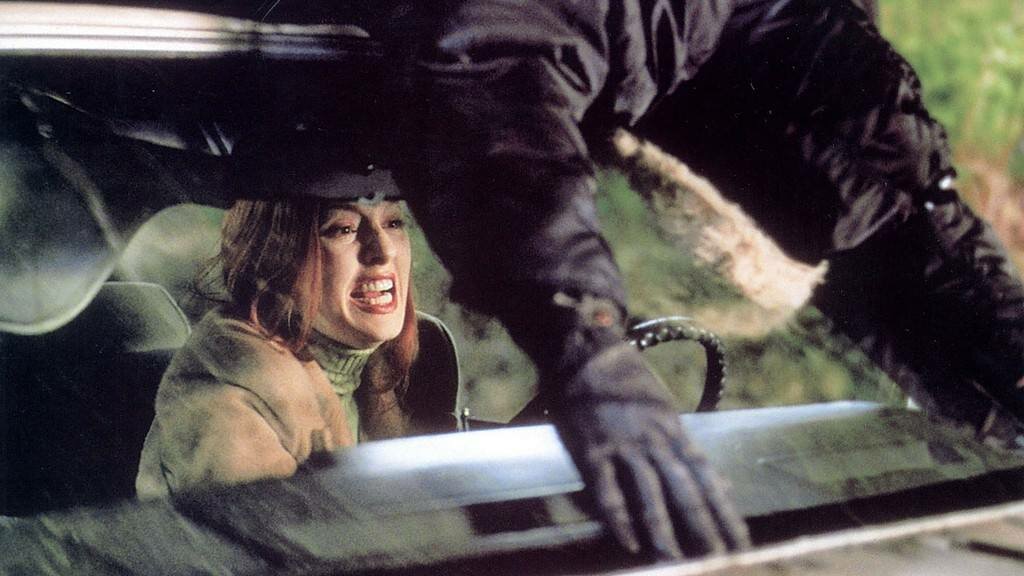
From the opening sequence to the reveal and motive of the killer, Urban Legend heavily borrows influences from Wes Craven’s 1996 meta-slasher game changer, Scream. And it makes sense. Scream was only released two years prior to Urban Legend; it reinvigorated the slasher genre and ushered in a new era of slasher movies. In fact, the majority of Urban Legend’s blueprint follows in the shadow of Scream. However, where Urban Legend differed from Scream lies in what it wants to enlighten its audience to – paranoia creates fear.
Fear creates control. Humanity has used urban legends to disguise societal paranoia to avoid mass hysteria. As Professor William Wexler (Robert Englund) explains early on in the movie during a lecture, “Folklore is used a gauge for the values of the society that created them. Contemporary folklore is passed on as a true story. Variations are passed down by generations with the same cultural admonition”. The lesson behind the babysitter receiving calls from the man upstairs? Mind your children or harm will come your way. Call it manipulative, but how many parents still check their children’s candy for razorblades on Halloween? Exactly.
The Retrospective Review
Aside from some promising young talent and a veteran crew of older actors, Blanks Urban Legend falls flat throughout its 89-minute runtime. The only creativity visualized in the kills comes from the urban legends that they are inspired by. Otherwise, they’re pretty forgettable. For an R-Rated horror movie, the gore is mild. True horror fans don’t wince at the sight of gore. In fact, it’s encouraged.
We want to experience the sensation of witnessing something that we know we shouldn’t be watching. Horror is exploitative of humanity’s deepest fears and darkest secrets and allows us to be voyeuristic for the moment. That’s why it’s so hard to look away from movies who employ body horror, such as David Cronenberg’s 1986 classic, The Fly. We want a spectacle.
Of course, as they arrive and reach their destination, urban legends are far removed from the supposed truths they were once based upon. Contemporary folklore does stem from truth and cautionary tales, but by the time the truth reaches more ears, it has become so distorted and exaggerated, that it’s not even the same story. But that doesn’t matter. Because urban legends thrive off of this very thing. And sometimes, the scariest stories, are the ones we tell ourselves.
Have you seen Urban Legend?
What are your thoughts on Urban Legend? Do you think it’s a cult classic or did it miss the mark for you? Let us know on social media.
